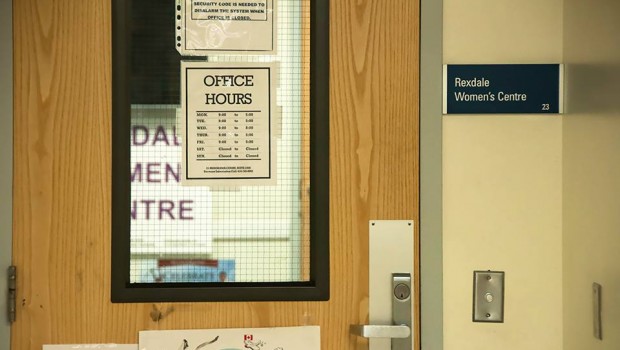Being a refugee in Toronto is a journey
Canada may boast its multi-cultural and welcoming society now, but it was not always so friendly– particularly for refugees, said Guadalupe Herrera.
Herrera is the Director of Programs at the Rexdale Women’s Centre, and was one of those refugees; she arrived by plane in January of 1987, when she was 28. She applied to be a refugee because of the civil war in El Salvador, and was assigned to move to Toronto.
“At the time, I was one of the lucky people who was processed right away. There was lots of people who wanted to leave, but most had no way to get out,” said Herrera.
Herrera arrived in Toronto with her husband and two children. She left behind many friends and family, and said that she didn’t feel accepted in Canada, at the time.
“It was hard,” she said. “People did not know about the challenges refugees and new immigrants have to go through to get to Canada.” She said that refugees weren’t talked about in the news in those days.
Herrera said Canadians were less welcoming towards refugees who did not know the culture and languages of this country. “People can have a lot of negativity and resistance to new immigrants. I think they weren’t as used to seeing new immigrants back then,” she said.
Even registering her children for school was very challenging and difficult. Canada did not have the level of service or multicultural staffing it has today in institutions back then, she said.
Finding housing was challenging too, since landlords did not want to rent to new immigrants. Herrera said many refugees ended up living in inadequate housing and being taken advantage of by “unscrupulous landlords”.
Back then, Herrera said she could speak no English, and learning the language was difficult for refugees.
“I didn’t know much about Canada at the time,” Herrera said. “I wasn’t expecting anything, I just wanted to live in a place that was safe and at peace.”
When asked what it was like in El Salvador, Herrera said, “It was a civil war. The whole country’s population suffered through it and many innocent people were killed.”
The Salvadoran Civil War began on Oct. 15, 1979 and ran until Jan. 16, 1992. It began because of a conflict between the previously military-led government of El Salvador and a coalition of left-wing guerilla groups.
“I was born in a peaceful country,” Herrera said. “All areas in El Salvador were hit hard by the war and all families were in danger during those times.”
During and after these war years, about 39,000 El Salvadorans immigrated to Canada as refugees and nearly 80,000 lost their lives.
If there hadn’t been a war, Herrera said she likely would have stayed there. She did not choose to come to Canada, the United Nations decided for her when she applied through their Refugee Agency.
Herrera said, however, that she is enjoying life in Toronto. “I have integrated into Toronto and Canadian life,” she said.
She said that she doesn’t have any regrets about moving here. “I like the fact that it’s a very multi-cultural country. I’ve been in contact with so many different people and learned about so many other cultures.”
Herrera also said that she loves the family-oriented atmosphere of Canada. In her opinion, the toughest years of moving to a new country are the first five, and it takes ten years to really get used to a new system.
She said the biggest challenge for a refugee is getting a job. “Trying to be recognized for the qualifications and job experiences you had back home, and being able to work in the field you used to work in back home, is hard,” Herrera said.
Herrera was a Business Administrator in El Salvador before having to leave. She could not find a job in her field in Toronto.
“Raising a family is very challenging too. I find when you’re a new immigrant, there are… gaps in finding and navigating the system. You need a lot of support and information to be able to find your way here,” Herrera said.
She said, however, that she sees things are changing. “Especially in Toronto, I can see people are more accepting now, and are more open to receive people.” She said she can see in many institutions, and particularly in the school system, that acceptance towards refugees is growing.
“It’s hard to find the way, but once you get there, you’re there,” she said.


